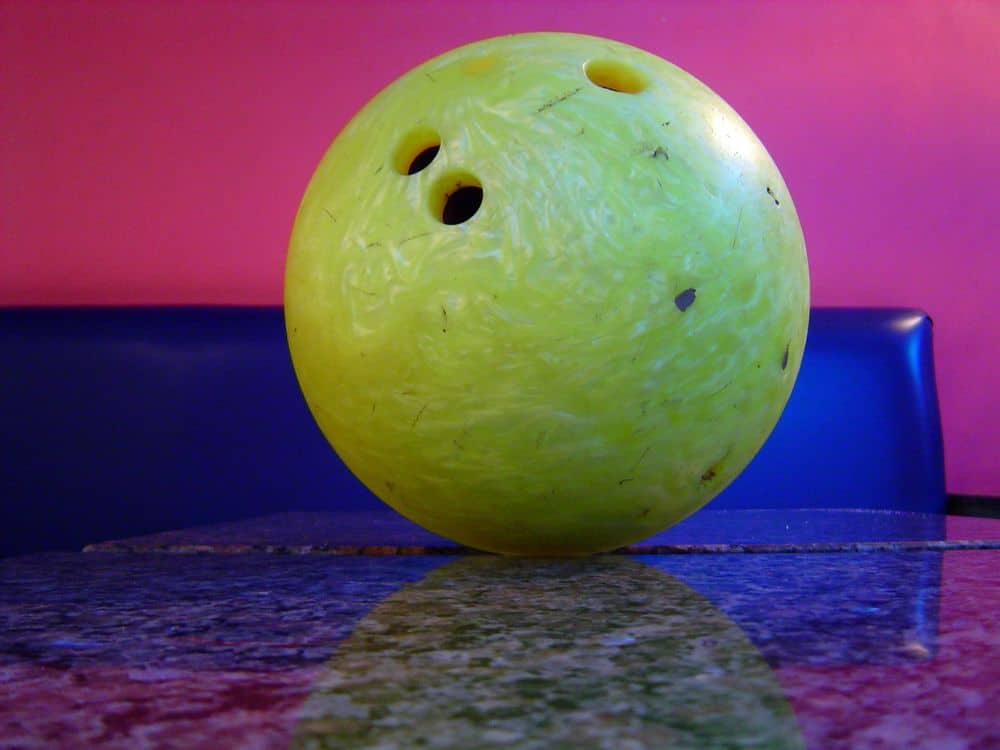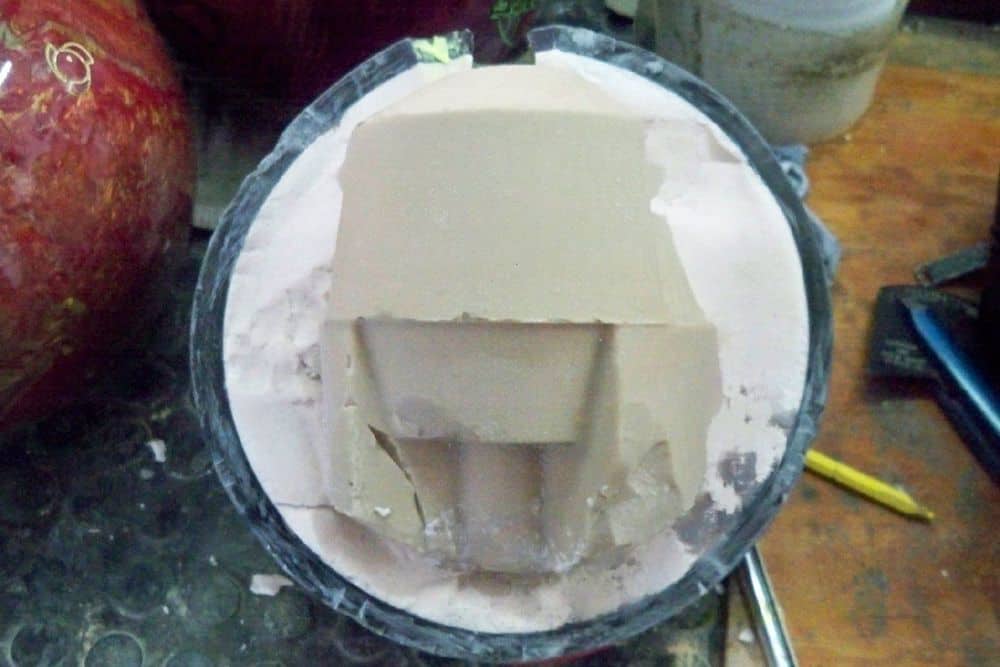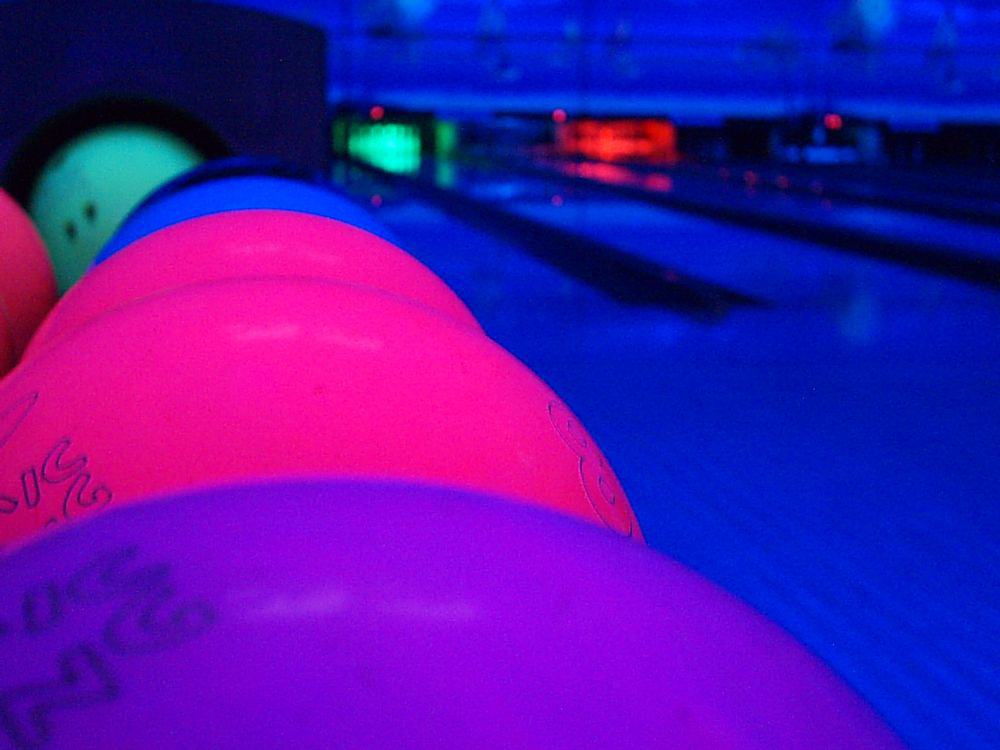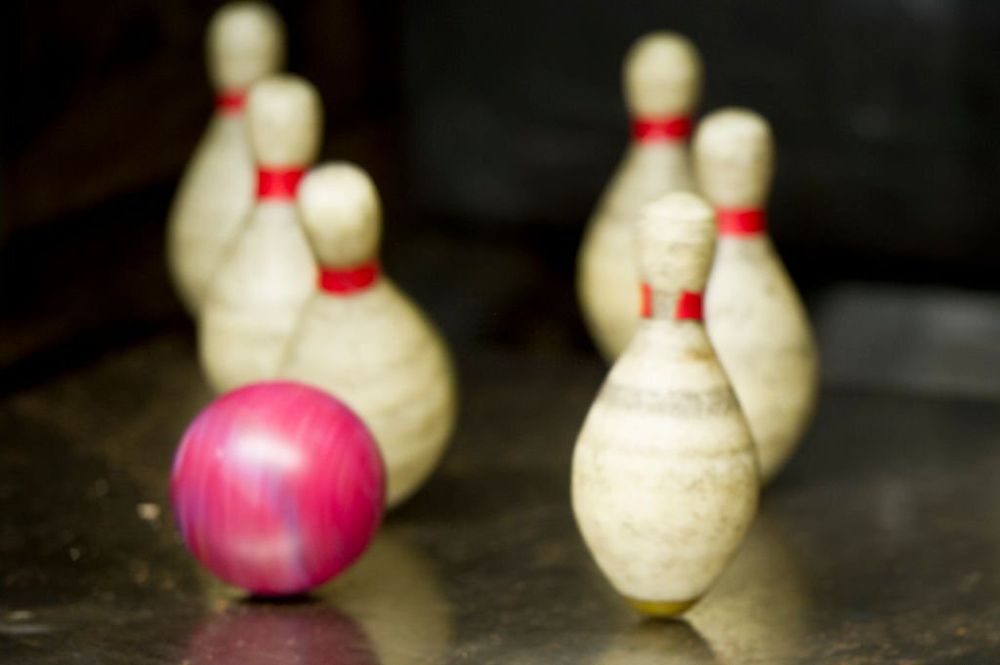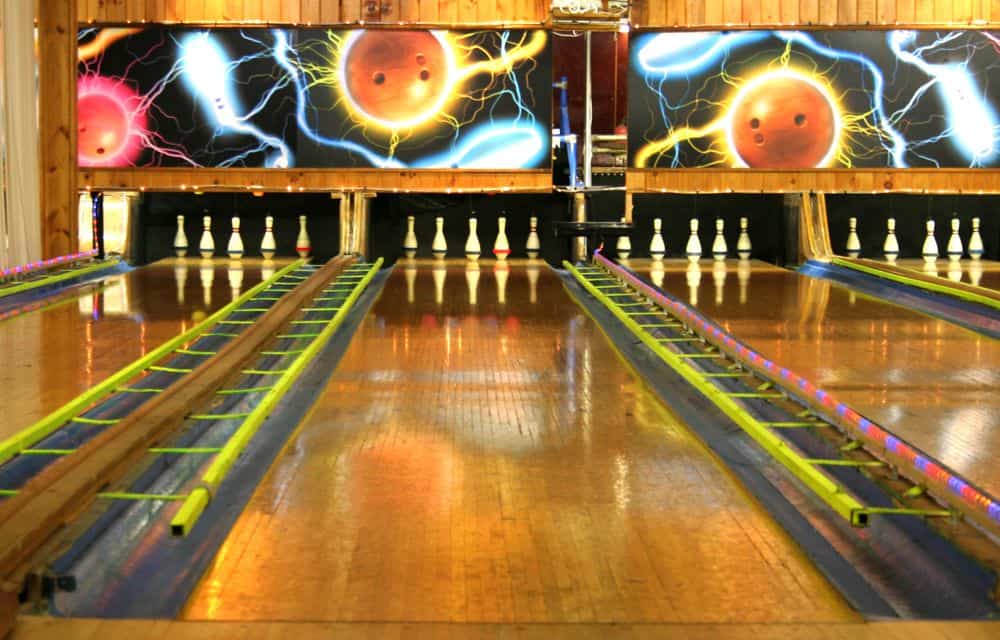As a bowling fan, knowing the fundamentals and a broad understanding of the sport is crucial whether you’re just starting or a seasoned pro.
Bowling simply isn’t bowling without the use of bowling balls.
They’re necessary equipment.
You may have wondered whether or not bowling balls are hollow or filled with another substance.
This piece will discuss the construction of bowling balls, including whether or not they are hollow on the inside.
What are bowling balls made of?
The three components of a bowling ball are the inner core, the coverstock, and the outer core, which are all visible when the ball is cut in half.
While some balls feature a core and coverstock, others feature neither.
Bowling balls can have a variety of cores, including pancake, symmetrical, and asymmetrical designs.
Inner core
The inner core is the ball’s heaviest section and contributes significantly to the ball’s overall mass.
Quite a lot of material is packed in there very closely.
Outer core
A lighter filler material makes up the outer core which aids in slowing down the ball.
Coverstock
The outermost layer is known as the coverstock.
It encloses the weight and balance-giving components, and it’s typically constructed from polyester or urethane.
The coverstock of modern bowling balls comes in various colors and textures.
The coverstock can affect the bowling ball’s color, design, speed, and hooking potential, that is, the reactions of the bowling ball to the bowling lane.
Is bowling ball hollow?
It is a common myth that bowling balls are hollow, and this idea persists despite the lack of evidence to support it.
Bowling balls are not hollow.
The core of even the six-pound children’s ball is not hollow.
All bowling balls have the same standard diameter.
Some assume bowling balls are hollow to save weight, but this is not the case.
Bowling ball manufacturers use filler material of varying densities to create balls of varying weights.
Bowling balls that don’t weigh a ton have a filling made up of low-density material.
What is inside of a bowling ball?
So, if a bowling ball isn’t completely hollow on the inside, what is there? Bowling balls have a dense plastic or ceramic core and a weight block positioned in the center.
There is no variation in size between bowling balls.
The density of the filling material and the core composition are the only variables in bowling ball weight.
For this reason, a kid’s bowling ball weighs only six pounds, while a regulation ball weighs between twelve and sixteen.
Bowling balls should not weigh more than 16 pounds, but you can have one designed and filled to whatever weight you like.
Do all bowling balls have a core?
Bowling balls’ inner cores come in various sizes and shapes.
Each type of inner core in a bowling ball contributes to the ball’s spin and hook as it travels down the lane.
The bowling ball’s core varieties are as follows:
Pancake bowling ball core
These cores, which form pancakes as their name suggests, are stacked in small blocks.
You can typically find them made of plastic, resin, or urethane.
Their high RG and extremely low differential set them apart, making them straightforward to use and predict.
Symmetrical bowling ball core
Bowling balls with a two-piece core typically have a small intermediate differential.
The bowling ball can glide effortlessly down the lane with a low RG and differential.
As a result of the added leverage it provides, you’ll have more command over your hook and be able to make more accurate shots.
On the other hand, bowlers who have already mastered the fundamentals will benefit greatly from using a ball with a symmetrical core.
Due to its accuracy and consistency, it provides a pleasant experience for the user.
Asymmetrical bowling ball
In contrast to their symmetrical counterparts, asymmetric bowling balls feature a high RG and differential.
Not only is it cutting-edge and aggressive, but it’s also quite powerful.
This option is great for advanced and professional players because it is reliable and has low predictability.
However, it provides an angle with every shot and can save much of your energy when you are bowling.
Additionally, it performs well on heavily oiled bowling lanes.
The Process Of Bowling Ball Creation
Forming the core
It all starts with making the bowling ball’s core.
Bowling balls have a core composed of ceramic, resin, glass microbubbles, and denser filler materials, all used to create the ball’s desired density and performance.
The core mold gets filled with filler material and a weight block in the center.
After stuffing the core, you can put the mold on one side.
The weight block could be made of steel, wood, or ceramic, depending on how much the bowling ball weighed.
After some time and the mold has hardened, the bowling ball’s core will be ready to be covered with a material such as plastic, urethane, or reactive resin.
In addition, the filler material will also include the weight block, which is used to maintain the mold’s equilibrium during production.
Coverstock forming
After the core is complete, the bowling ball’s cover is the next step.
You’ll need to set the bowling ball on a pin and slide it into the Coverstock mold.
Bowling balls are formed by pouring various materials over a core to a thickness of about an inch and then waiting for them to harden into their final shape.
These materials can be reactive resin, urethane, plastic, or polyester.
When a bowling ball’s cover material, or outer layer, is perfectly shaped, the ball’s construction is nearly complete.
The bowling ball would be fine, except a hole needs patching in the middle of the ball.
The bowling ball’s iconic pinhole is filled with a plastic dowel and cemented into place.
Completing the bowling ball
The bowling ball is being transferred to the end zone now and goes through resurfacing, sanding, and polishing so that it is the correct size and thickness uniformly across the entire ball.
Next, the bowling ball will have finger holes drilled into it.
In the case of a personalized ball, finger holes of the appropriate size get drilled into the bowling ball’s surface.
After that, the bowling ball will be branded by hand or with an automated branding machine and then polished one last time to achieve that brand-new look.
Have bowling balls always been solid?
Bowling, in one form or another, has been around since at least the time of Tutankhamun and geocentrism.
When lane bowling became the norm in the modern era, bowling ball production began to develop and improve.
Since the hardwood variety dominated in the 19th century, bowling balls have always been sturdy.
Hardwood makes up the outer shell, and a dense material fills up the spherical mold, with a softer material surrounding the core.
In the early 20th century, bowling balls made of hard rubber replaced their wooden predecessors; however, the core-filling process remained largely unchanged until the advent of computerized methods in the 1990s.
How do you hollow out a bowling ball?
Since bowling balls are not hollow, the coverstock (shell) and friction are of utmost importance.
All bowling balls are the same standard diameter, and bowling ball manufacturers use filler material of varying densities to create balls of varying weights.
Coverstocks with intricate designs, such as mica-infused shells, aren’t practical for use with a bowling ball that lacks a solid center core.
Conclusion
There are three distinct layers to a bowling ball, contrary to the common belief among amateur and beginner bowlers.
The total weight of the coverstock, filler, and weight block must be between 6 and 16 pounds to comply with the game’s rules.
Bowling balls have never had hollow cores, and the balls’ design encompasses the precision required to improve a bowler’s game.

